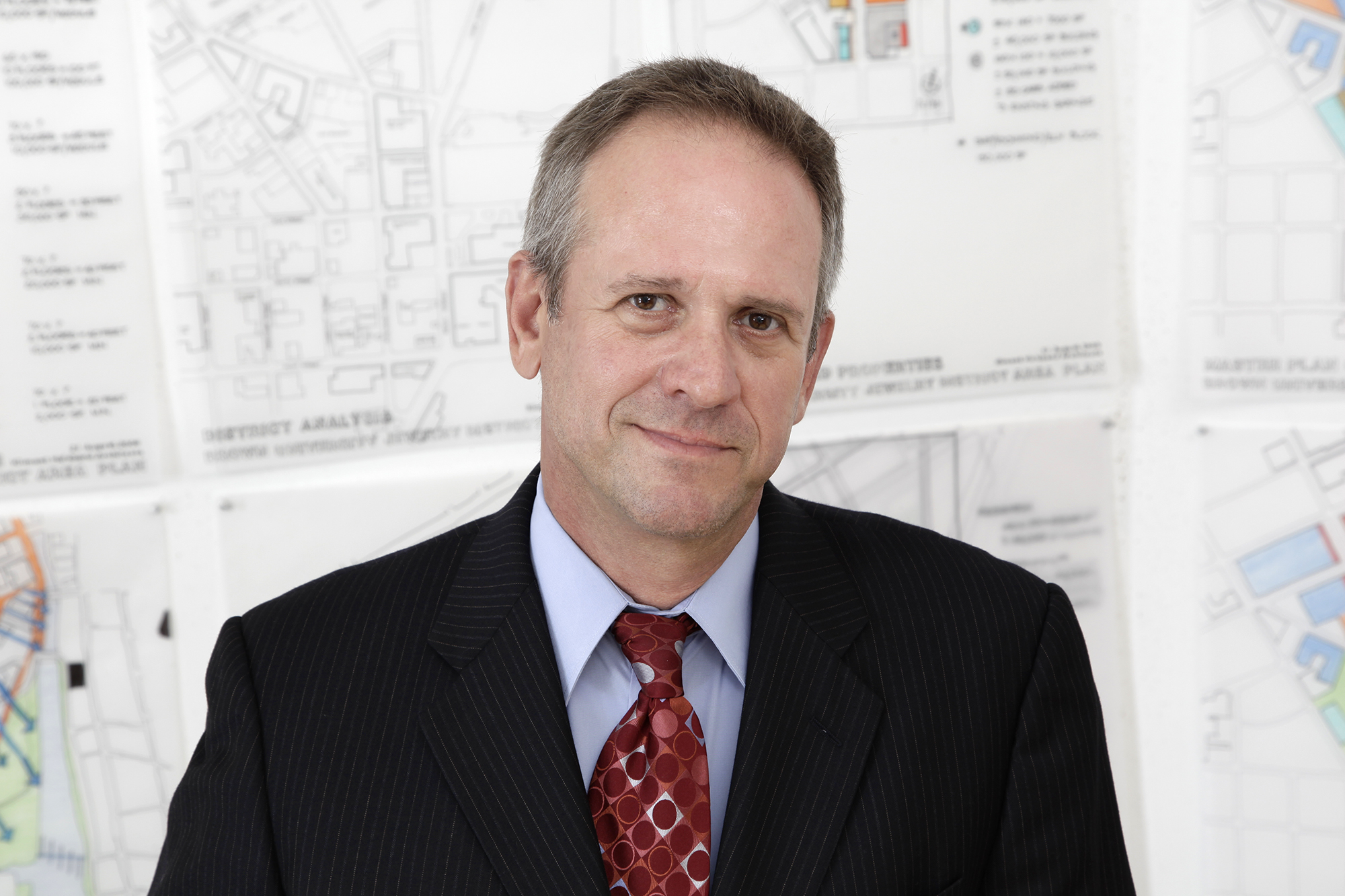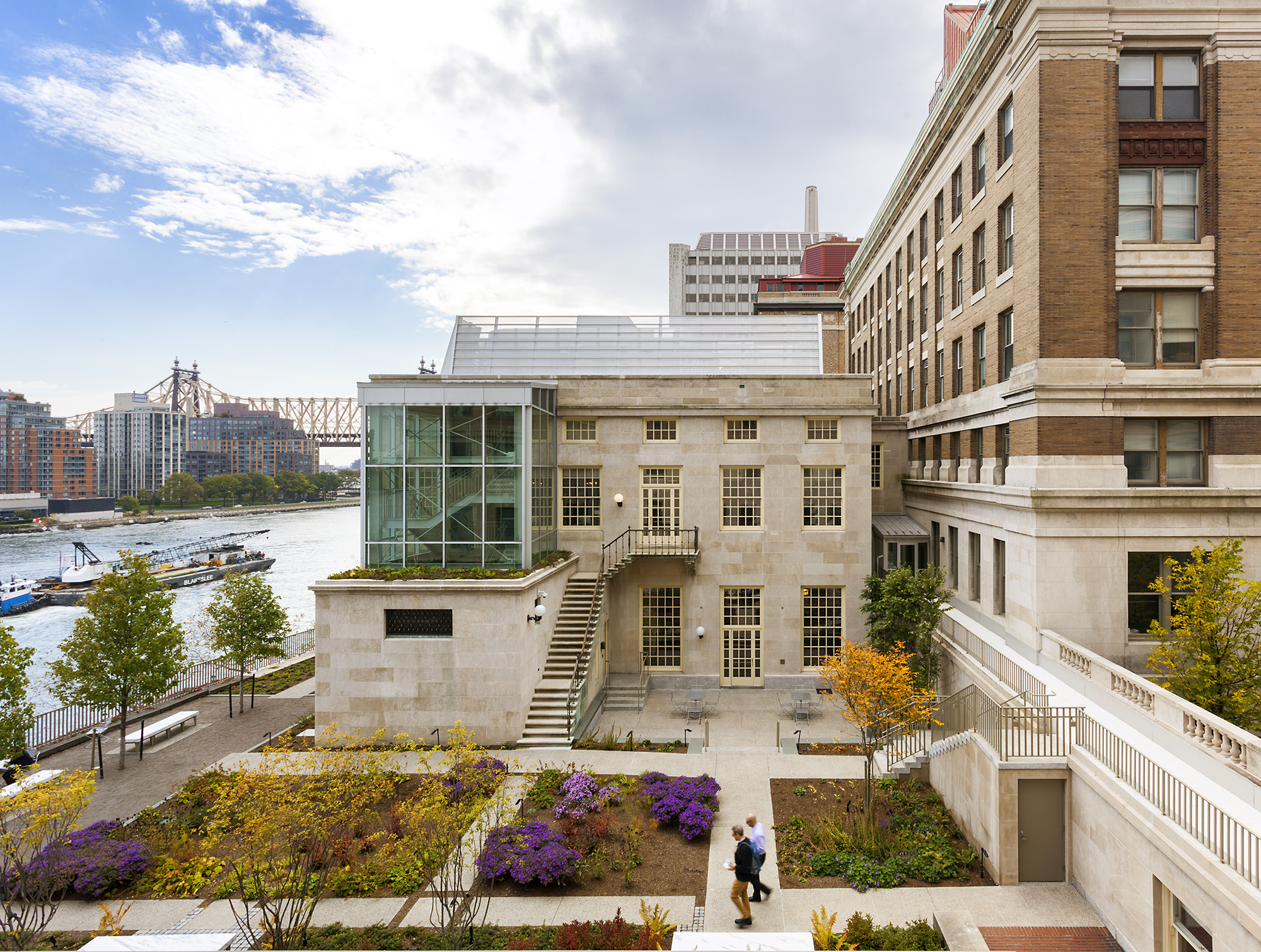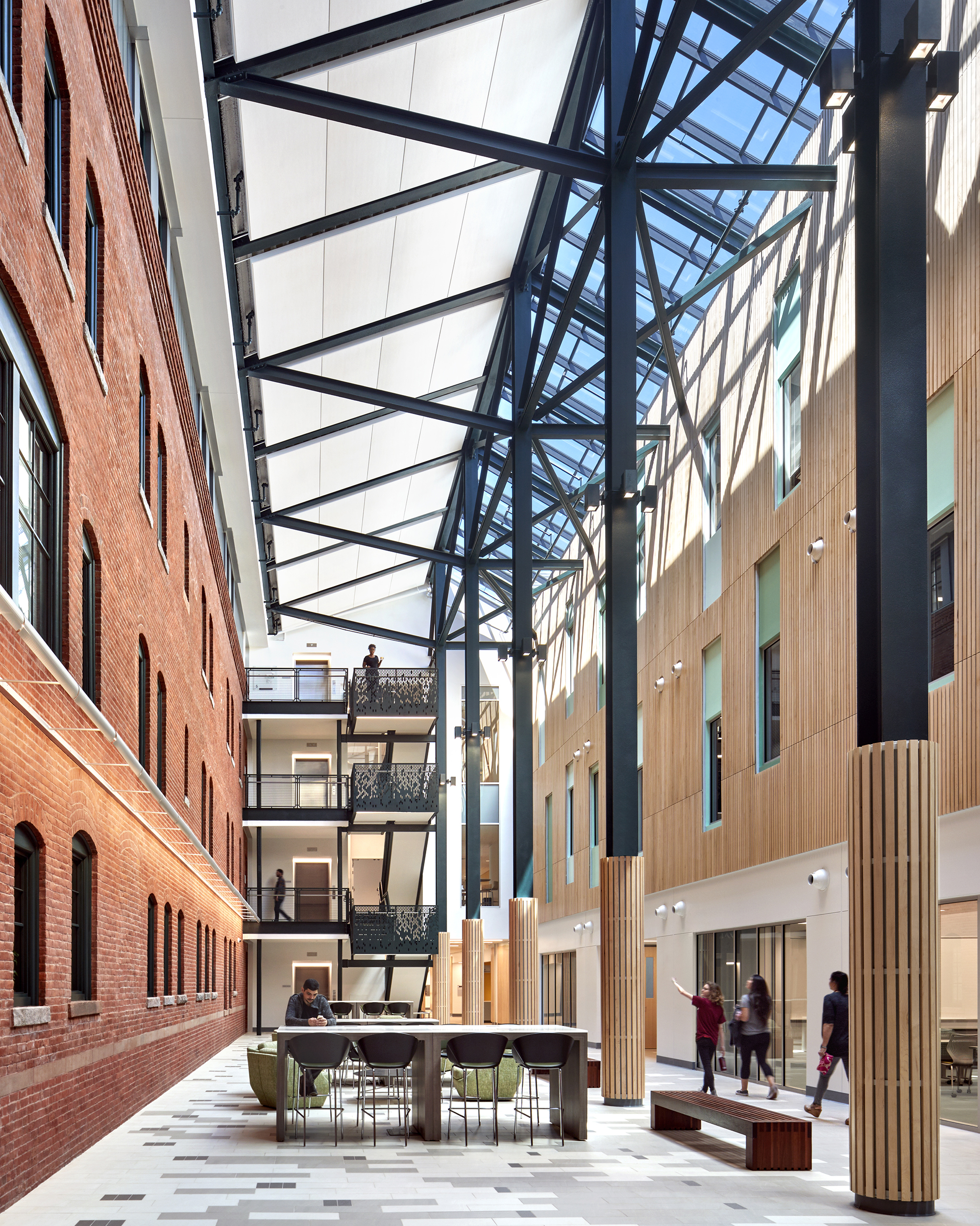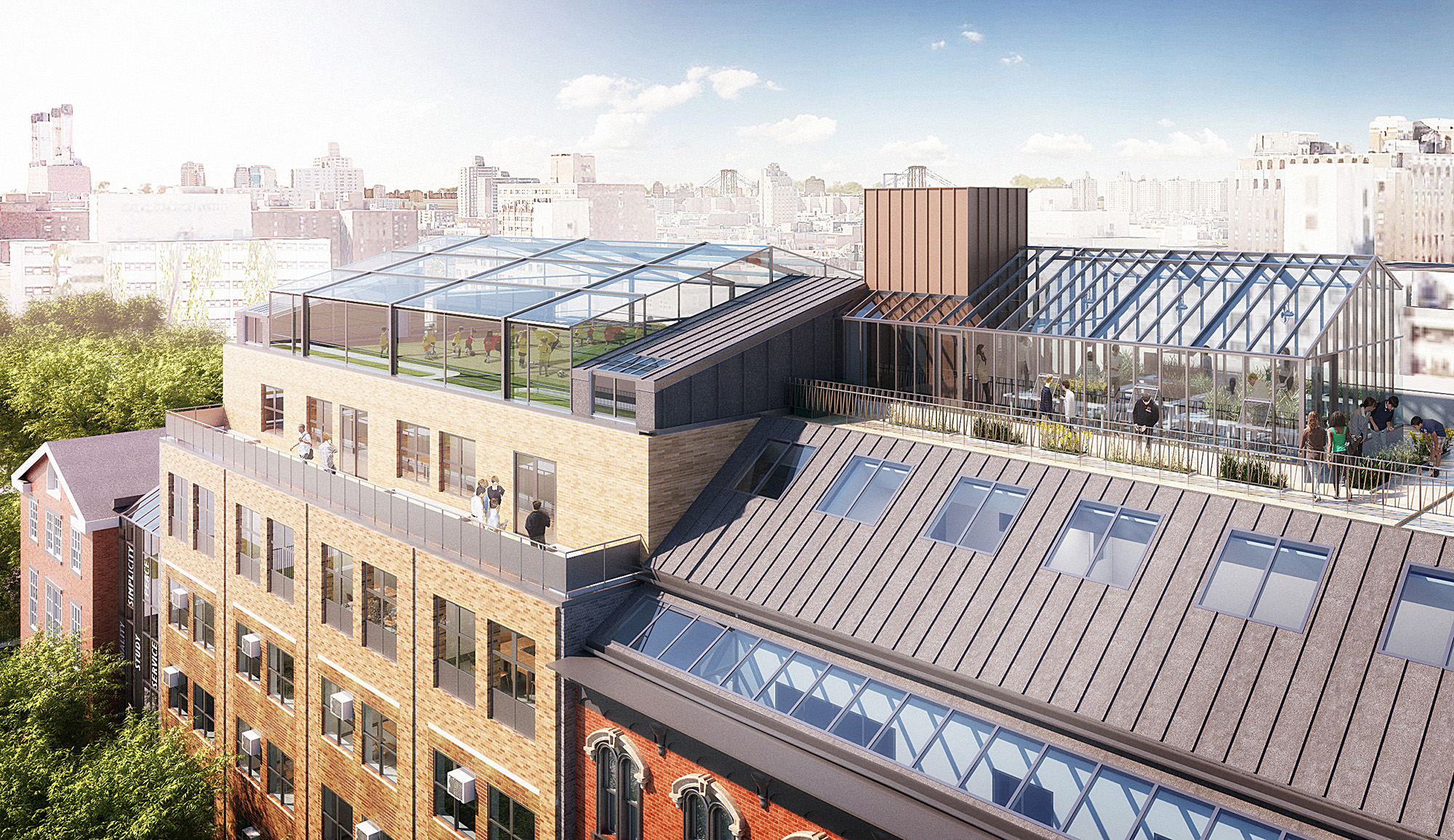by: Alexander Luckmann
Michael Nieminen, FAIA, is a partner at Kliment Halsband Architects, a New York City-based firm focusing primarily on educational, cultural, and civic projects. Over his 35 years at Kliment Halsband, including 20 as partner, he has led a range of projects in both primary and secondary education. Major projects include the adaptive reuse of the Sterling Divinity Quadrangle at Yale University, the master plan and renovation of the Spence School in Manhattan, and the renovation of Welch Hall at the Rockefeller University in Manhattan. Nieminen has established a reputation for executing programmatically innovative designs within demanding historical contexts. He also lectures widely on his work and strategies, and is co-chair of the AIA/CAE Sub-Committee for Higher Education. Here, he talks about the importance of adaptive reuse and why young architects should be involved with the AIA.
Q: Much of your work has been in higher education. What drew you to this aspect of practice? Were there any memorable spaces from your time as a student that inspired you in this direction?
A: I have always been drawn to institutional and educational projects because they are designed to last for many generations and contribute to the advancement of culture. These buildings demand careful attention to programming, which is accomplished by listening and responding to many voices in innovative ways. While I could name many memorable spaces from my student years that drew me to this specific work, my most influential experience was being a research illustrator as a graduate student at North Carolina State University College of Design for an important book called Precedents in Architecture by Professors Roger Clark & Michael Pause. The book addresses ordering principles over a 500-year continuum of buildings by notable architects — from Filippo Brunelleschi to James Stirling — in a systematic, diagrammatic way that transcends style and time. That discipline of analysis continues to permeate my design approach. It also heightened my respect and understanding of historic buildings.
Q: Many of your projects are renovations of historic buildings. How do you balance the demands of renewal and context in these projects?
A: The work of our firm begins with a thoughtful assessment of historic building fabric, emphasizing elements that are valuable and important to save, but also recognizing that meeting future needs often suggests radical transformation of other building elements and spaces. This allows a balance between a respect for the past and opportunities for transformation so that historic artifacts remain relevant for present and future occupants. History should not be frozen in time.
Q: How do you see New York developing in the next three years? The next 30?
A: New York is a powerful city. I moved here 35 years ago and it has become my home. It has changed tremendously in that time and will continue to do so. While I do not have a crystal ball that accurately predicts change, I do think there will and should be an ongoing emphasis on the reuse and transformation of existing buildings from a sustainability perspective as well as a cultural one. The rich diversity of our urban fabric depends on old and new buildings and open spaces. Most of the finest places in the city for all levels of education are composed of a remarkable blend of old and new. I look forward to playing a part in shaping our city for future generations.
Q: How will this change influence school campuses in New York? What trends do you see developing in educational architecture, locally or more broadly?
A: The growing emphasis on inter-, multi- and/or trans-disciplinarity in the design of our schools and universities is prompting increased flexibility in the design of spaces. This does not mean that all buildings must be new. In our work, we often find tremendous opportunity for change within existing structures. I mentioned my passion for programming earlier and I hope its importance will continue to shape the design direction for the city. We are seeing an expansion of the city’s higher education campuses pushing toward the outer boundaries of the city ‘s central core, but I hope there will be increased emphasis on revitalizing the more central city facilities as well. The continued importance of neighborhood schools, both public and private, reinforces the notion of careful and steady growth throughout the city.
Q: What projects are you currently working on?
A: I am currently working on extensive renovations and additions of two independent schools: The Allen-Stevenson School on the Upper East Side and Friends Seminary in Stuyvesant Park. Both involve the complex integration of multiple buildings, including historic townhouses that will be married to adjacent newer buildings to create one seamless set of spaces for educational innovation. Both of these projects are now in construction and are slated for completion by 2020. I just recently completed a project at the University of Chicago that transformed an existing theological seminary into a social sciences “think tank” for visiting scholars, and another at the University of Massachusetts Amherst for the humanities and fine arts that combines a historic building with a large addition at the heart of the campus. Working in both elementary/secondary and higher education over the past five to ten years has enriched my understanding of the impact of educational design on students of all ages.
Q: Why is it important for you to be involved with AIA New York?
A: Participation in the AIA, both locally and nationally, is an opportunity for sharing knowledge. I am a co-chair of AIA National’s Higher Education Committee of the Committee on Architecture for Education (CAE) and interact monthly with the CAE National Leadership Group. I am also very committed to participating in the AIANY Architecture for Education Committee’s monthly meetings and presentations. I hope to promote greater synergy between AIA National and AIA New York in the future. Participating in AIA New York is a great opportunity for learning and teaching, which is why it is important to me. I would love to see increased participation in AIA New York activities, especially for younger professionals. Our firm has been promoting that more and more lately. I hope other firms will too.













